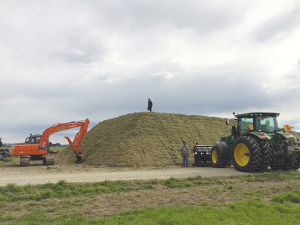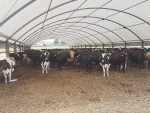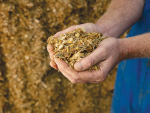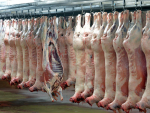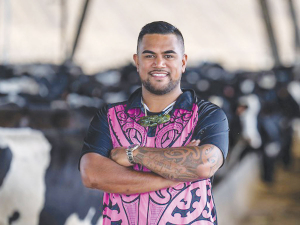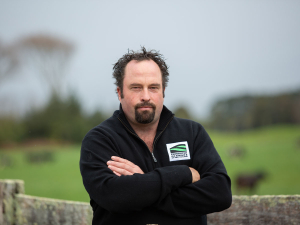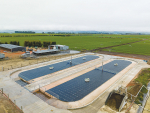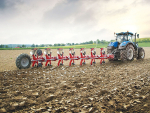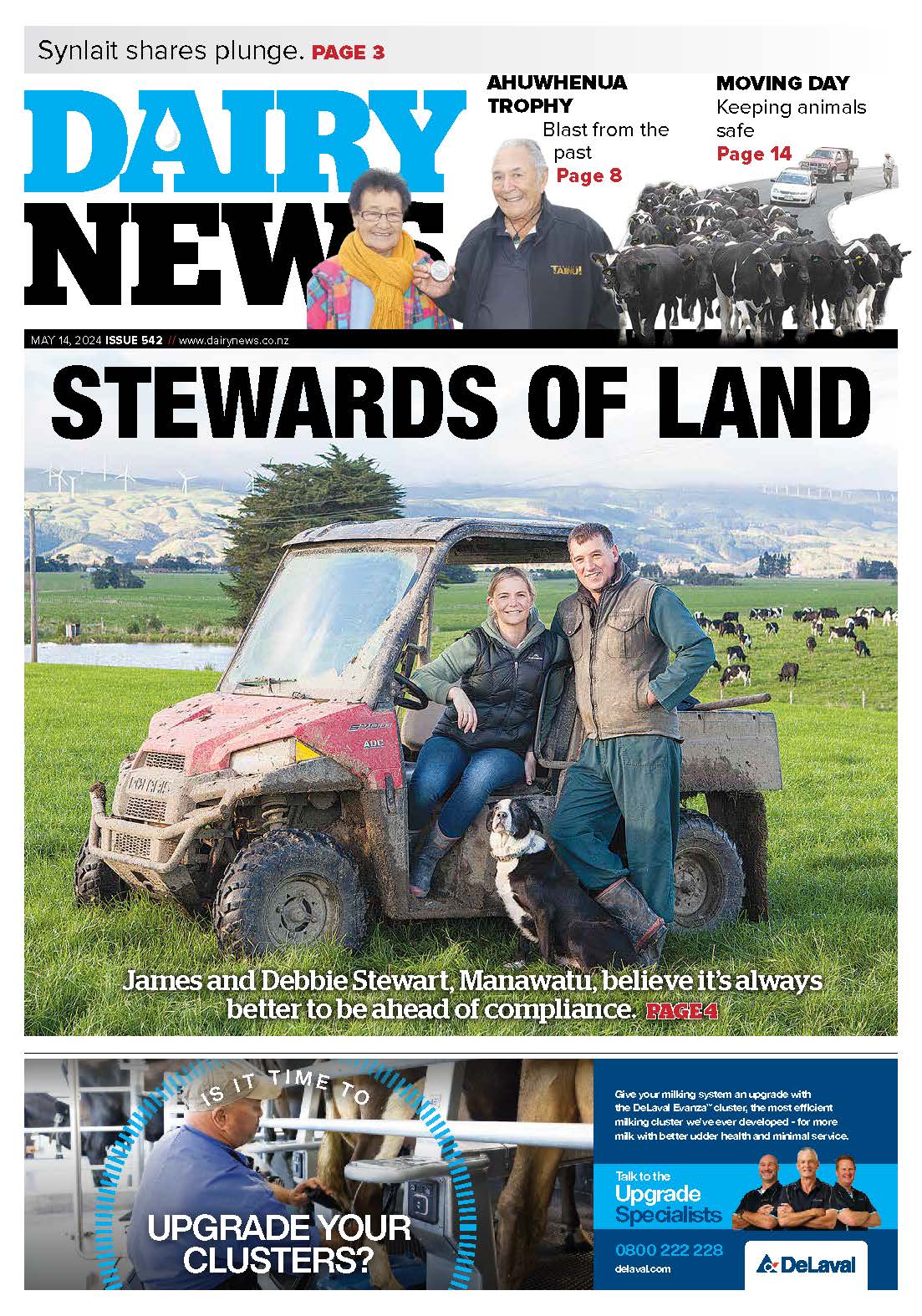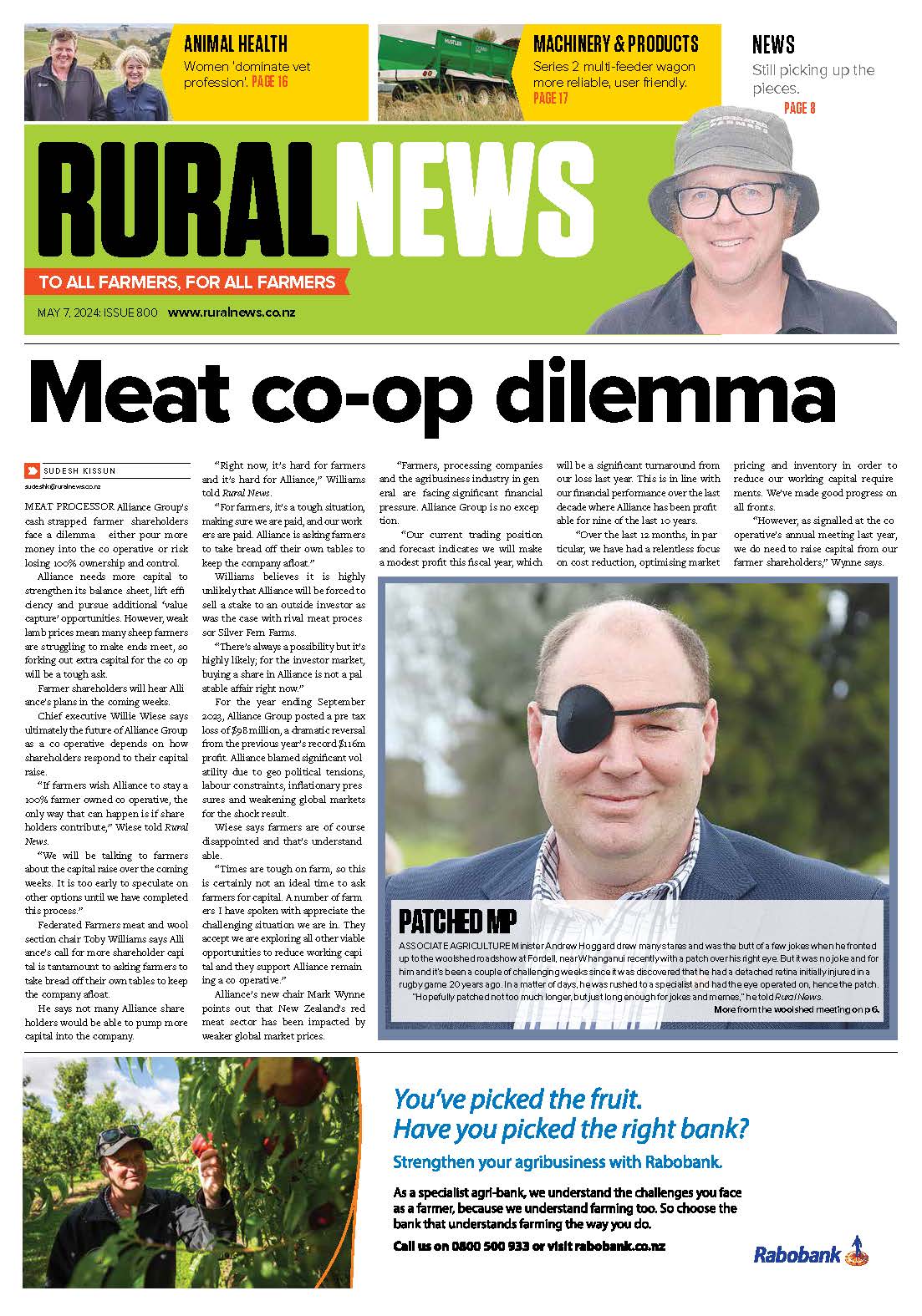Many regions are experiencing an early spring. The collective sigh of relief is almost audible as we exit a winter and spring very different from last season.
We are also hearing that many farmers have shut up silage already and are planning to cut this over the next few weeks.
Every year we see huge variation in the quality of grass silage, always for the same reasons: “There was too little sun” or “There was hardly any sugar in the grass” or “There was no guts in the grass”. But every season there are farmers who make great silage despite the weather. So the question needs to be asked: “How come some farmers are able to get it right most seasons, when others struggle?”
The reason for the difference comes down to two main factors: the quality of the material ensiled and the ensiling process itself.
There is an old saying, “garbage in means garbage out”, and this is no more true than in making silage. Ensuring you get the best quality material into the stack comes down to a few simple steps:
1. Cut the grass while quality is still high. Many farmers make the mistake of going for quantity over quality. Silage needs to be harvested at the right time to ensure quality: no later than 35-40 days after the last grazing, or when a maximum of 10% of the ryegrass seed heads have emerged. This requires good communication with your contractor. You want to be first in the queue and not last if the weather goes against you.
2. Wilting to at least 29% dry matter concentrates the plant sugars and reduces the risk of nutrients being lost from the silage stack as leachate. Not leaving it too long to wilt is also very important as grass that is too dry (i.e. over 50% DM) is very hard to compact and difficult to rid of oxygen.
3. Chopping silage bound for the pit to 5-7cm also allows for good consolidation, reducing storage and feedout losses.
4. Add a quality silage inoculant at harvest time to get the right strain of lactic acid-producing bacteria in the right amount for the right ensiling pathway. Quality inoculants are those which come from reputable companies, have label claims as to the number of live bacteria, are backed up by science and are supported by the people selling them.
Ideally, the bacteria present are crop specific. An example of this is Pioneer 1127 which contains grass-specific bacteria. 1127 reduces ensiling losses and at the same time produces high-quality silage, returning a gross margin of at least $4.75 for every dollar spent on the inoculant.
5. Compact, compact, compact. Get the air out of the stack as quickly as possible to allow the bacteria in the inoculant you are applying to get to work and produce as much lactic acid as possible. High-quality silage is always compacted and sealed correctly. For stacked silage, spread material into 100-150mm layers and compact it until the surface is firm. Use a high-quality plastic cover and weigh it down with tyres that are touching. Seal the edges with sand or lime. For baled silage, use high-quality wrap and use the recommended stretch factor and number of wraps.
The importance of a high-quality pasture silage cannot be overstated, particularly with the predicted El Nino summer ahead of us. Planning now and following the principles outlined above should result in high-quality milking feed for this summer.
If you need any more information you can go to either the DairyNZ website or the Pioneer website.
• Ian Williams is a Pioneer forage specialist. Contact him at iwilliams@ genetic.co.nz





